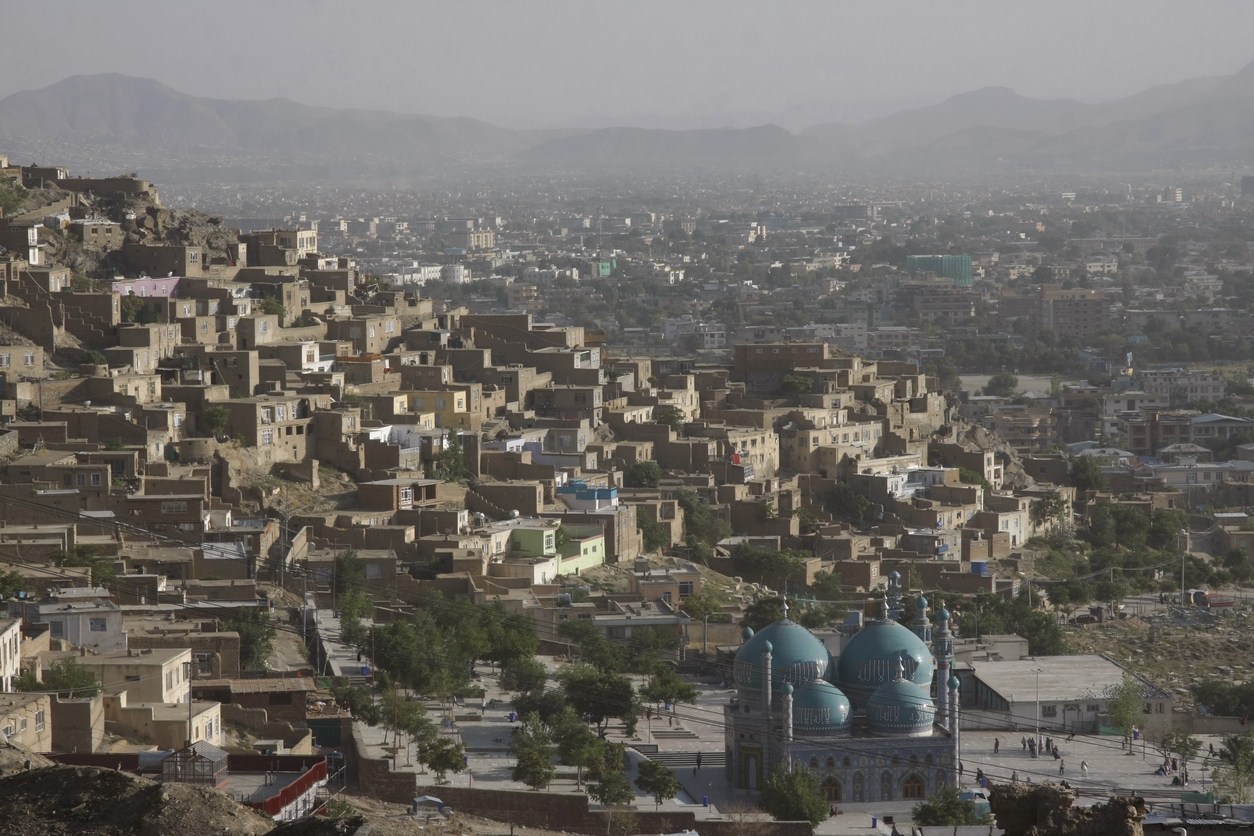
Iran’s decision to erect a 295 km wall along its border with Afghanistan is a powerful statement of the region’s growing unease over the rise of terrorism under the Taliban. This formidable structure, stretching across rugged terrain, is not just a physical barrier but a manifestation of Iran’s deep-seated fears about the spread of extremism from its volatile neighbor. As the security situation in Afghanistan continues to deteriorate, Iran’s move underscores the urgent need for regional cooperation to address the escalating threat of terrorism.
The construction of this wall is a clear response to the increasing instability in Afghanistan since the Taliban’s return to power. Pakistan, which shares a long and porous border with Afghanistan, has long warned of the dangers posed by cross-border terrorism. The resurgence of groups like Fitna-e-Khawarji and ISKP, which have carried out numerous attacks in Pakistan and other neighboring countries, further supports the view that Afghanistan has become a sanctuary for terrorist activities. Iran’s decision to build the wall is an acknowledgment that these threats are not confined to Pakistan alone but are a regional issue requiring collective action.
The international community has also recognized the growing dangers emanating from Afghanistan. Reports from the United Nations and other global bodies have documented the resurgence of terrorist organizations such as Al-Qaeda and ISIS-K under the Taliban regime. These groups have capitalized on the chaos and lack of effective governance in Afghanistan to expand their operations, posing a direct threat to regional and global security. Iran’s wall is a defensive measure that reflects these global concerns, aimed at preventing the infiltration of terrorists into its territory.
Iran’s move mirrors similar measures taken by other countries bordering Afghanistan. Pakistan, for instance, has invested heavily in fencing its border with Afghanistan, driven by the same fears that now motivate Iran. The Afghan border has long been a source of tension, with militants exploiting the lack of secure boundaries to launch attacks and evade capture. By constructing these barriers, Iran and Pakistan are sending a strong message: the threat from Afghanistan is real, and decisive action is necessary to counter it.
The implications of Iran’s decision extend beyond its borders. The entire region is grappling with the fallout from the Taliban’s resurgence and the spread of extremist ideologies. Central Asian countries, too, have expressed concerns about the infiltration of terrorists from Afghanistan, and Iran’s wall is a reflection of the broader regional consensus on the dangers posed by the Taliban’s Afghanistan.
However, the construction of the wall is not without its challenges. The rugged and mountainous terrain of the Iran-Afghanistan border presents significant logistical difficulties, and the construction process is likely to be fraught with obstacles. Moreover, the wall’s effectiveness in preventing the infiltration of terrorists is not guaranteed. Terrorist groups have historically shown a remarkable ability to adapt to new challenges, and it remains to be seen whether the wall will be able to stem the tide of cross-border terrorism.
The wall also raises questions about the humanitarian impact on the Afghan population. Many Afghans have historically relied on cross-border trade and movement for their livelihoods, and the construction of the wall could disrupt these traditional patterns. Iran will need to carefully consider the balance between security and the potential hardships imposed on ordinary Afghans.
In conclusion, Iran’s decision to build a 295 km wall along its border with Afghanistan is a significant development in the ongoing struggle against terrorism in the region. It reflects the growing realization among neighboring countries that Afghanistan, under Taliban rule, poses a serious threat to regional stability. The wall is a defensive measure, a recognition that diplomatic efforts alone have not been sufficient to address the dangers emanating from Afghanistan. As Iran joins Pakistan in fortifying its border, the region must come together to address the shared threat of terrorism and work towards a collective security framework that can effectively counter the challenges posed by the Taliban’s Afghanistan.
